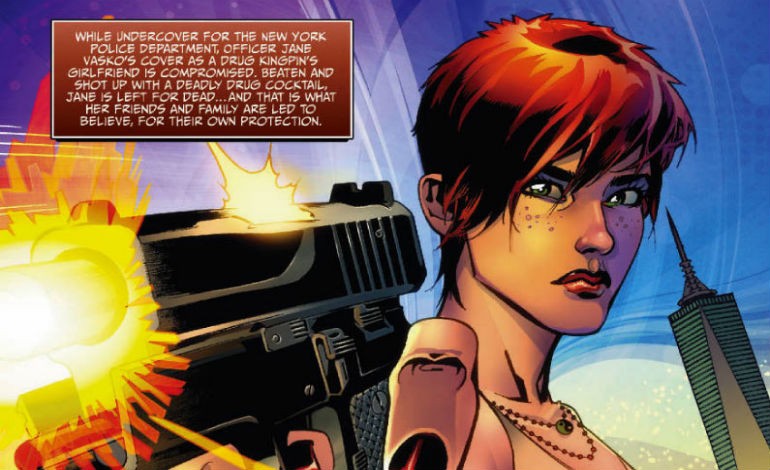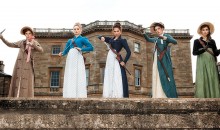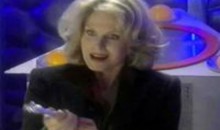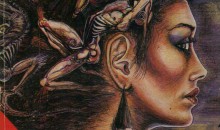Another Body of Work: The Soska Sisters to Direct Painkiller Jane
It is easy to say that horror is a moralistic genre. After all, we all know what happens when adolescent characters have sex — or at least once upon a time — in a horror film. But over time, and under the guidance of particular writers and directors, horror can also become something that observes certain moralities: even creating commentary on them. Likewise, superhero comics have also been historically seen as vessels of “good” and “good laws” triumphing over “evil and immorality”: while nowadays they can be used to look at human nature in a very sophisticated and literary fashion.
Superhero comics and horror both use relatively iconic characters to represent particular ideas and tell stories with them. Of course, many of these stories are exaggerated, dramatic, and over-the-top. Body horror — a sub-genre of horror itself — utilizes bodily functions, dysfunctions, sexuality, mutilation, torture, infection, death, and the mind’s alienation from the flesh to add spectacle and say something about the human condition. And women’s bodies add a whole other context to this dynamic when you consider how they are often depicted as objects for the desires of others, belonging to others, in conflict and contrast to the idea they belong to women with their own thoughts and feelings.
So what happens when you take a female superhero, whose primary superpower is an accelerated healing factor that does nothing to cancel out the pain of her injuries, and allow her to make the acquaintance of two female directors with film backgrounds in body horror?
What you get is Jen and Sylvia Soska directing the new movie of Painkiller Jane.
It might sound strange, at first, to know that the directors of Dead Hooker in a Trunk and American Mary are involved in creating a superhero film until you consider their backgrounds and that of Painkiller Jane herself. The Soska sisters have been vocal about the rights and issues of women and LGBTQIA individuals both in and out of their films: while possessing a fascination with body modification, grindhouse gore, and pain. And Jane Vasko — created by Jimmy Palmiotti and Joe Quesada in 1995 — was a sarcastic and brusque undercover police officer, markswoman, and bisexual woman who, after a failed mob infiltration was left critically injured until she realized her power. However, even though her healing power is the only superhuman ability that she has, the fact that Vasko can — and is willing — to use it to her advantage despite feeling all the pain of her injuries — to maintain agency of her body after another character alters it against her knowledge and will, and in the middle of violent situations — says something about her strength of will and her drive for justice or vengeance.
Unfortunately, I have not read the Painkiller Jane comics, or watched the videos or television series already based on the character: so I know there are a few iterations of her origin story. I haven’t even had the opportunity to see the work of the Soska sisters themselves. Nevertheless, I’m interested to see how they will use their background and experience in fleshing out the pain and drive of this character. The Soska sisters talk a little bit about the aesthetics and the antagonist of Painkiller Jane in their interview with William Bibbiani of CraveOnline.
As for the rest, I’m intrigued to see how they choose to retell her story, how close they stay with the original source material, and how they might critique and subvert certain audience and reader expectations. And in case any of you comics fans might have any doubts as to what they might do with Jane Vasko, consider this: the Soska sisters are also comics and superhero fans.
And one of their heroes is Deadpool.








If it’s anything like American Mary, I can’t wait!